- Solar energy blog
- Winning the auction: A developer’s guide to GEA-4 execution in the Philippines
Winning the auction: A developer’s guide to GEA-4 execution in the Philippines
Find out how solar design tools like RatedPower can accelerate bankable proposals for auctions like the GEA-4 in the Philippines.


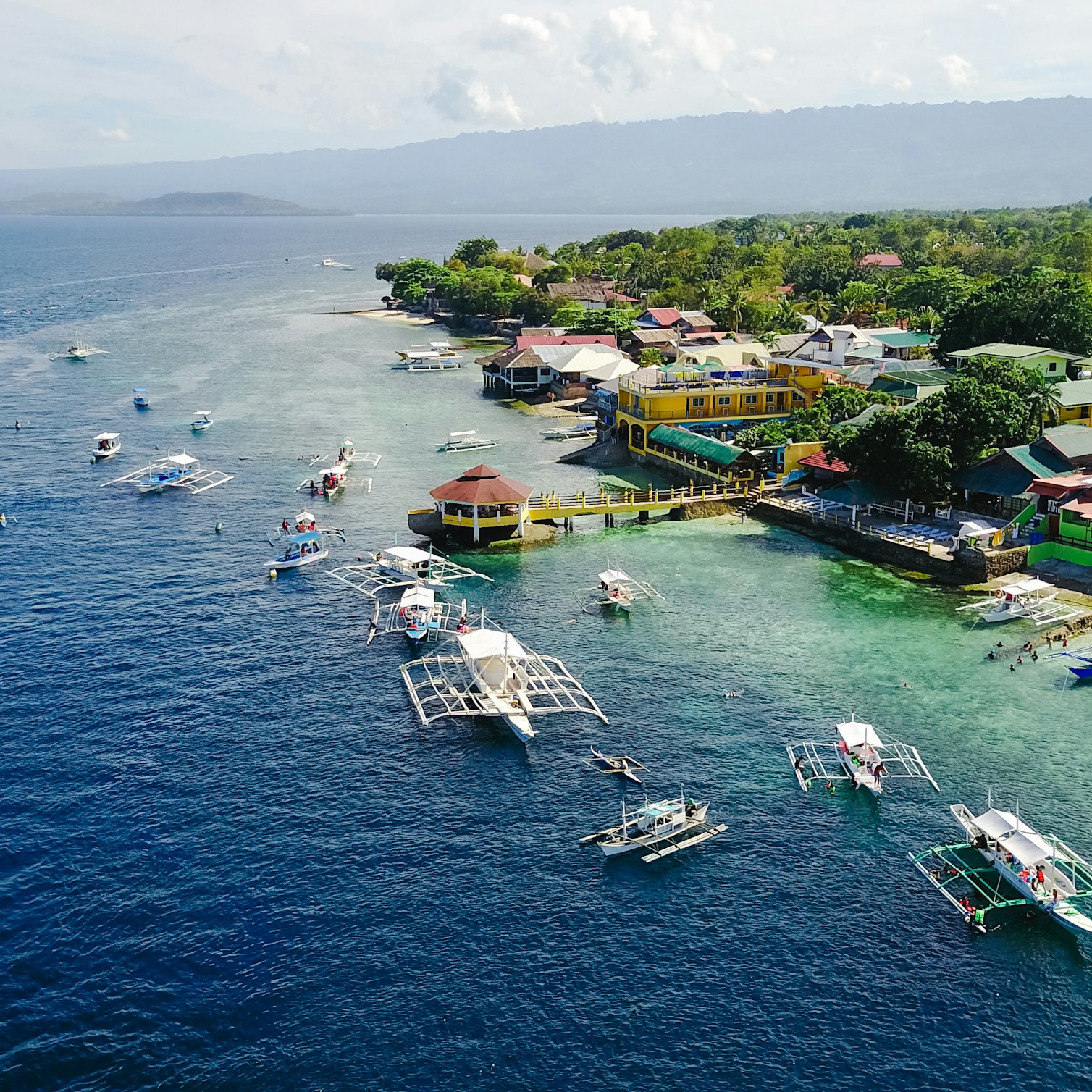
Content
The Philippines is fast becoming a frontrunner for renewable energy investment in Southeast Asia. Two years after it allowed full foreign ownership of green energy projects, billions of dollars in capital from overseas developers have rolled up to its shores. Domestic player Meralco also recently closed an additional PHP 150 billion (USD 2.577 billion) for its planned 3,500 MW Terra Solar project.
Download the 2025 Renewable Energy and Solar Research Report to unlock essential insights on the renewables industry. With expertise from our survey and data from solar simulations on RatedPower, the Report explores trends, challenges, and solar design preferences.
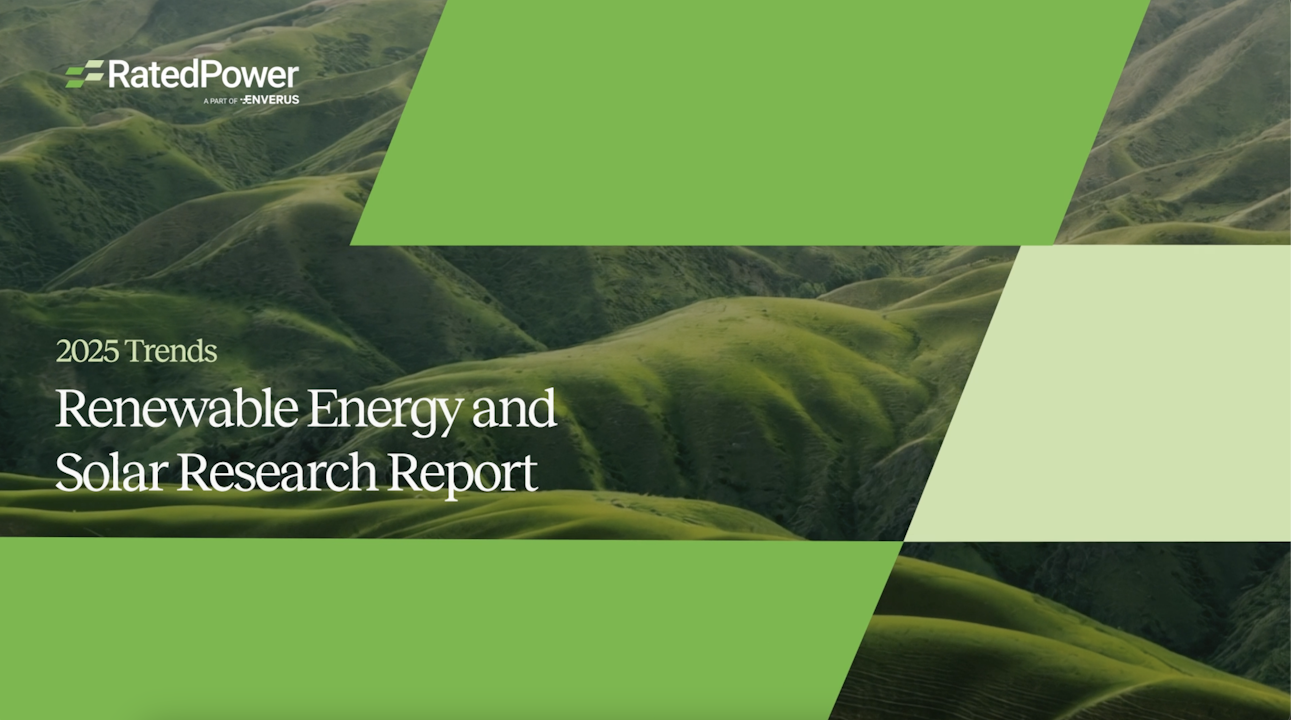
But the execution runway is getting shorter as DOE-imposed standards tighten and project queues pile up. With Green Energy Auction Round 4 (GEA-4) advancing into its final stages, it is a good moment to reflect on how developers interested in the Philippines can use software to create airtight designs and defensible numbers.
In this blog, we look at how RatedPower can help your development team pressure-test model performance under local constraints and deliver proposals that hold up under scrutiny.
Lessons learned from GEA-4
GEA-4 laid bare just how technically demanding the Philippines’ renewable rollout will be.
Launched in March 2025 and reaching auction just six months later in September, the tender awarded over 9.42 GW to dozens of ground-mounted solar and onshore wind developers, who are now under contract to operate commercially between 2026 and 2029.
The multi-phase process compressed registration, bid validation, and pricing into a tight delivery window. While the requirements mirrored those in other markets, GEA-4’s paper-based sequential process is rarely seen in fully digitized auctions. First-time bidders who were unfamiliar with the DOE’s documentation cycle had no runway to regroup and resubmit because some milestones landed just 3 to 5 working days apart.
Under-subscription in complex technologies
Appetite was clear as developers snapped up 88% of GEA-4’s open capacity. However, some segments (particularly floating solar, onshore wind, and IRESS) didn’t reach their full targets.
The DOE has not formally explained why subscription fell below the auctioned volume, but the amount of pre-bid groundwork required may have deterred last-minute bidders. These technologies typically need more advanced interconnection planning and tighter financial modeling than standard solar bids.
Short registration windows may have also made it difficult to finalize site-specific feasibility data. The step-locked timelines left less time to calibrate modeling assumptions for LCOE, energy yield, or interconnection scenarios.
Preparing for GEA-5 and other future auctions
The Philippine government hopes that its fifth renewables auction, announced in June and reserved entirely for 3,300 MW of offshore wind, will be more coordinated.
To pre-empt issues in the lead-up to submissions, the DOE has invited interested developers to review the GEA‑5’s terms of reference and flag issues before the official bidding period begins.
Request a live demo or take a free product tour to see how RatedPower bridges the gap between developers and bankable PV projects.
Engineering bankable bids in the Philippine context
Developers preparing to enter the Philippine solar market are expected to lodge bids that meet the DOE’s technical specs. Just as importantly, those proposals need to survive investor-grade due diligence through every layer of the feasibility stack that makes a solar project commercially viable.
RatedPower can take you there
Purpose‑built for utility‑scale PV projects, RatedPower’s bankability tools tie together layout design, financial modeling, and engineering documentation into a single workflow to help you prepare and finalize a complete feasibility package in hours, not weeks.
Your all-in-one tool for fast, credible feasibility
Ideal for early-stage planning and pre-bid packages, RatedPower’s proposal functionality can generate full project quotes, yield estimates, and documentation packs in one environment.
Run full-scope, 360º simulations covering layout, energy yield, CAPEX/OPEX, interconnection, and LCOE.
Fine-tune array spacing and DC/AC balance without editing row by row.
Customize cost templates or use defaults to generate investor-ready CAPEX reports.
Pull in irradiance streams, GIS data, and other external inputs.
Download the reports and diagrams you need instantly, in industry-ready formats.
Adapt your design to the actual terrain and constraints
Do you need full manual control to work with irregular parcels or multi-phase systems? Use RatedPower’s CAD-like layout editor platform to adjust your system footprint to any site condition.
Quickly add or remove arrays and mask out underperforming areas.
Get instant feedback on how each design tweak affects capacity, costs, and generation.
Reposition power stations, adjust MV blocks, and optimize routes.
Compare up to 24 layout iterations side-by-side using your chosen KPIs.
Share precise, presentation-ready drawings and reports with your team or clients.
Conclusion
The Philippines’ renewables sector is entering its breakout phase. If you’re building for this next wave of competition, your internal process needs to work at auction speed.
RatedPower lets you solve for site constraints, cost modeling, and submission formats without having to stitch together siloed spreadsheets and PDFs. Schedule a live demo to see exactly how it can help you shorten feasibility cycles and produce documentation that stands up to technical and financial review.
2025 Trends: Renewable Energy & Solar Research Report
Get key insights and data from an industry-wide survey and solar simulations on the RatedPower platform. Download now to uncover critical trends and challenges shaping the future of renewables.

Latest stories
Related posts
Policy and regulation
Solarspitzengesetz: How it affects solar and negative pricing
Find out more about the Solarspitzengesetz, Germany’s Solar Peak Act, designed to prevent oversupply and price surges during peak solar generation.
Updated 4 NOV, 25
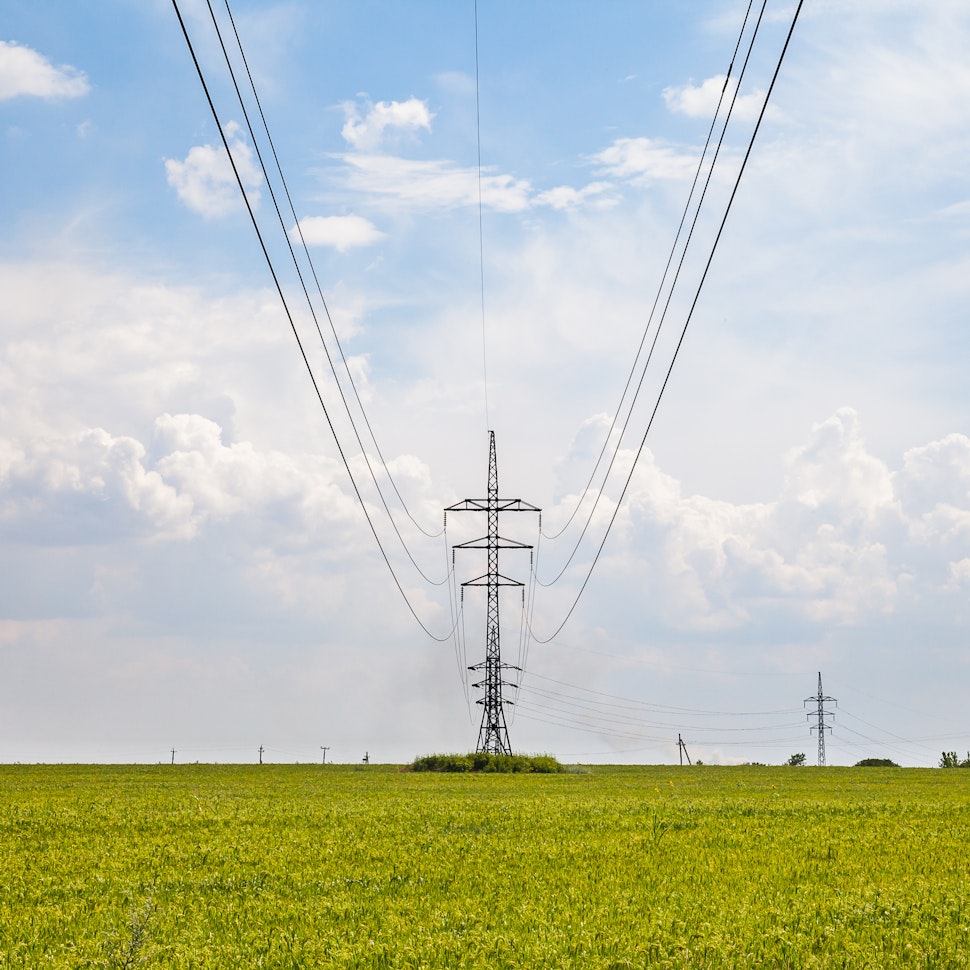
Policy and regulation
How PL 624 and PL 671 will transform Brazil’s solar energy market in 2025
Discover how Brazil's PL 624 and PL 671 bills are reshaping the country's booming solar energy market in 2025—balancing rapid growth with fair grid access and smarter regulations.
Updated 15 JUL, 25
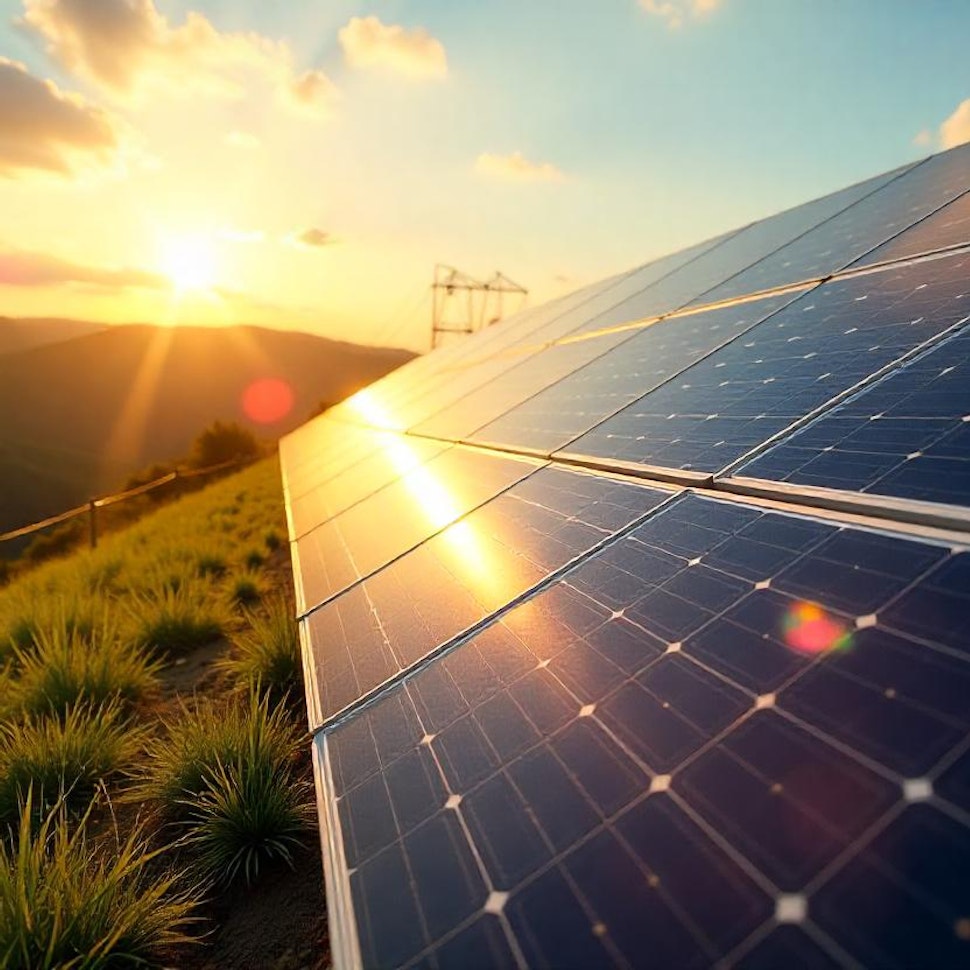
Policy and regulation
Shining a light on the Solar Sunshot Program in Australia
Australia is on a tight deadline to install 28,000 solar panels a day for the next six years to hit its 2030 decarbonization targets — a tall order that hinges on ramping up domestic production.
To this end, the government launched Solar Sunshot, a $1-billion fund to help local PV companies commercialize their products and strengthen the country’s solar supply chains. Let’s explore this initiative and how it might affect the future of Australia’s energy.
Updated 14 JAN, 25
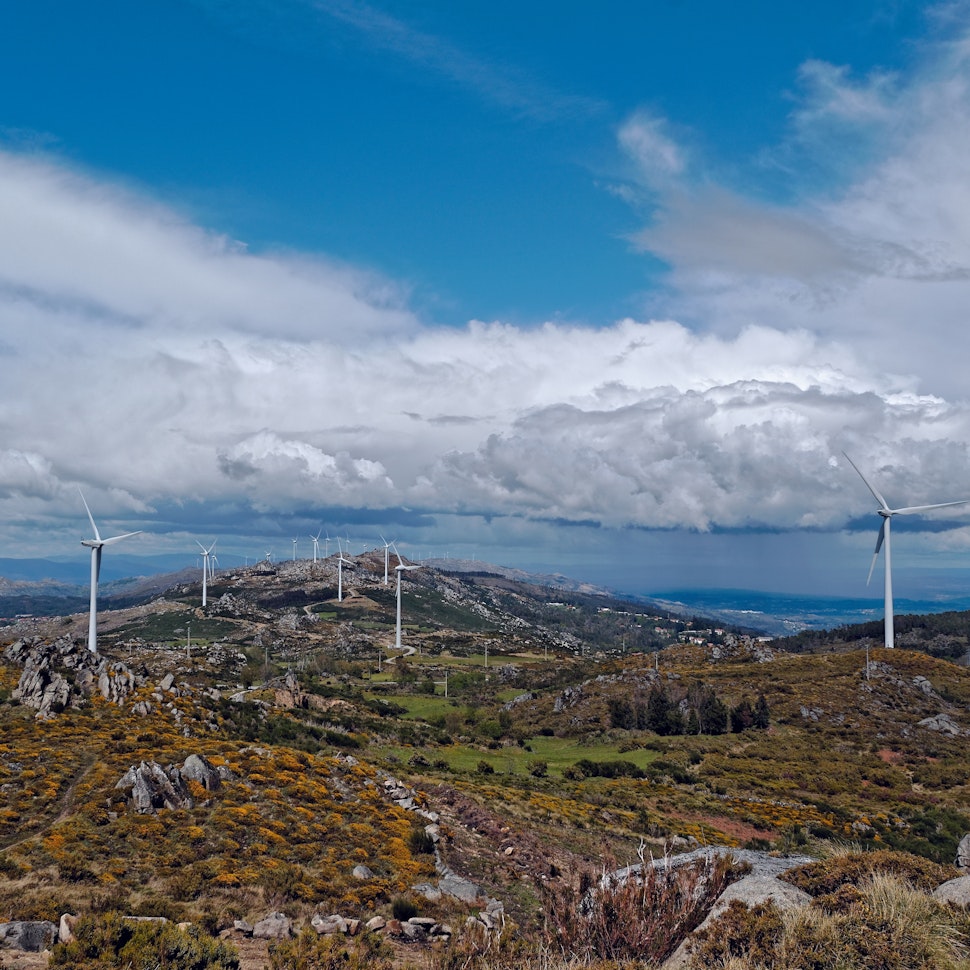
- RatedPower
- Solar energy blog
- Winning the auction: A developer’s guide to GEA-4 execution in the Philippines
 Watch a demo
Watch a demo Ask our AI Product Expert
Ask our AI Product Expert

